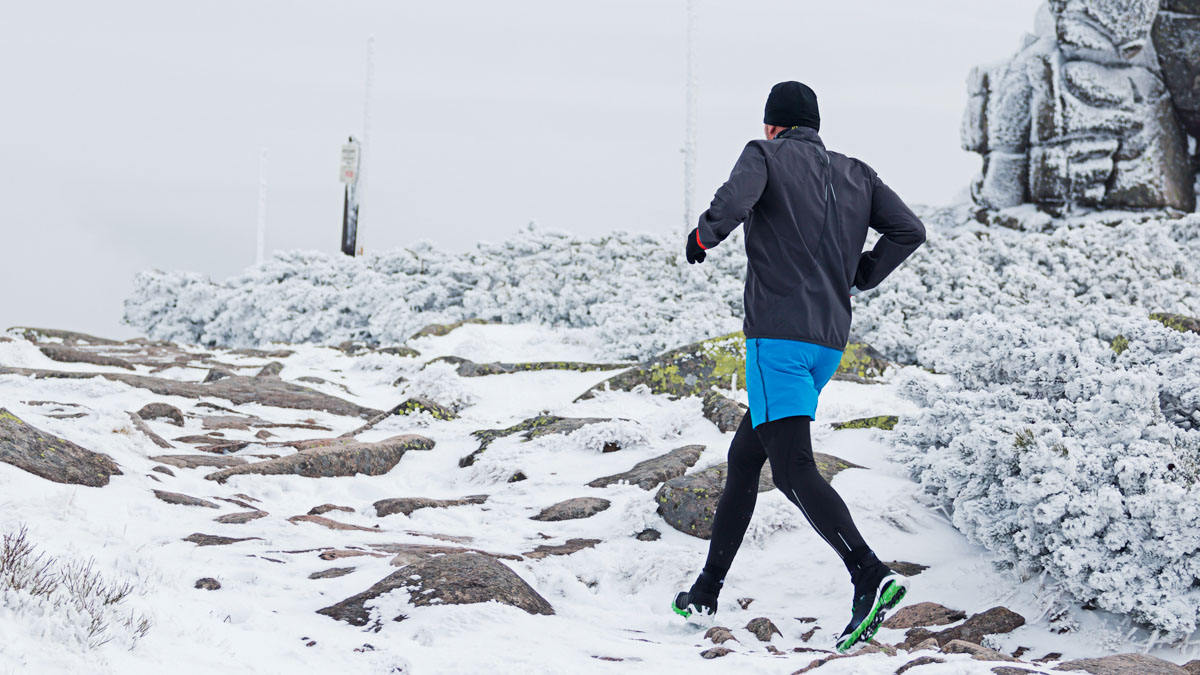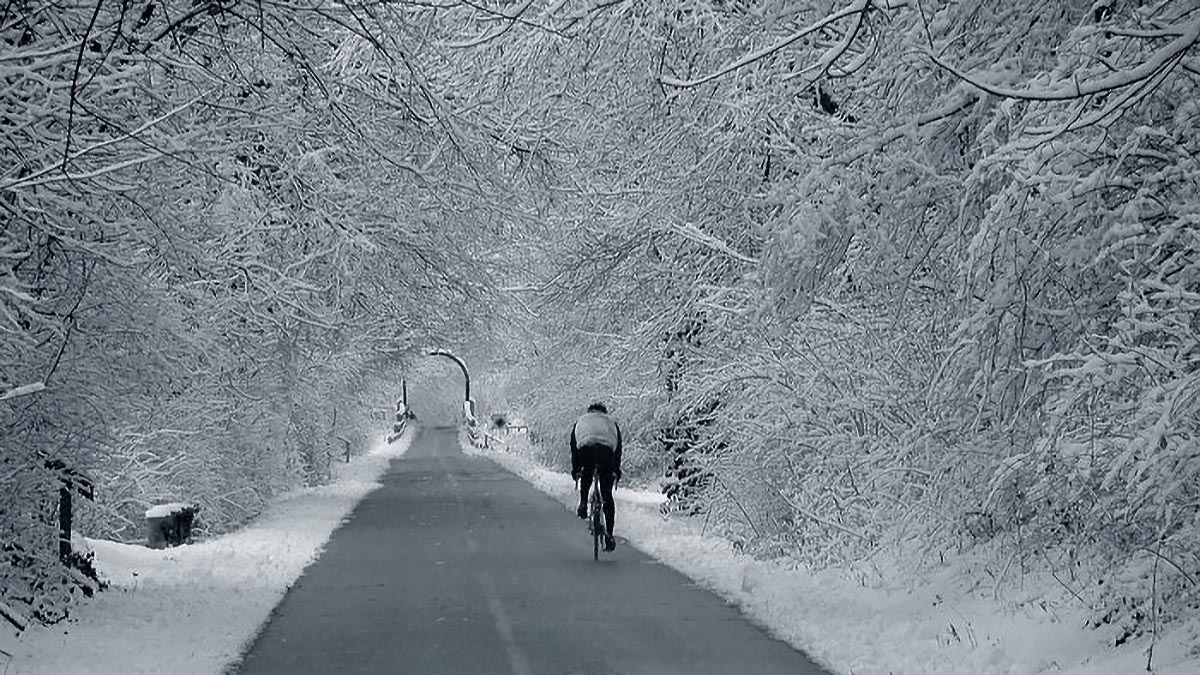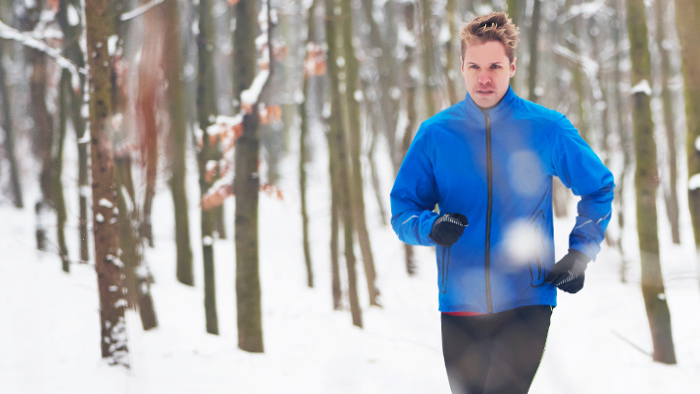As you rekindle your love for running this time of year, and maybe even add some winter 10ks to your calendar, it’s important to take stock of the mistakes that can (literally) hamstring your running.
We’ve compiled 12 (yes, 12!) common mistakes age groupers make during the off-season. Some are simple but important reminders, while others may seem counterintuitive, but all are consistent standouts among athletes that I have coached over the years. Avoid the mistakes below to stay in the healthy lane and enjoy every footstrike all winter long.
1. Ramping Up Mileage Too Quickly
A smart progression is the key to building fitness safely. Yes, you may be able to jump from 10 miles a week to 20 miles to 30 miles in 3 weeks, but it doesn’t mean it’s the best way possible. Your body needs time to adapt to new stressors; loading tendons and ligaments before they are ready can cause injuries. Have a plan that allows you to ramp up mileage at “around” 10% a week. Going from 10 miles a week to 12 miles, to 15 to 18, etc, is fine. Avoid making big jumps in mileage from week-to-week or in your long runs.
2. Not Knowing Your Threshold Pace
Follow a proven protocol. Know your LT. Know your Z2 and know your CAP. At D3 Multisport, our coaches like to use the 30-minute run test but a 5k or 10k will suffice as well. Typically we will take 95% of an athlete’s average heart rate of a 5k race. Knowing your threshold lets you see what your fastest pace is currently, and where your ‘easy’ Zone 2 runs should be. Your CAP is the top of Zone 2, and not going over that for those long easy runs.
3. Running Too Fast
One of my pet peeves is athletes running at too fast of a pace. Find your Zone 2 heart rate and stay there. Hang out, don’t rush past it and you can build miles more safely and steadily.
4. Not Running Fast Enough
Even though you are mostly running on the roads or trails in Zone 2, you can still incorporate some speedwork. Adding in 6×30 seconds at 5k pace and building to 12 reps is great to keep those fast-twitch muscle fibers firing. And it’s essential to getting stronger, quicker and not getting bogged down in that ‘one speed for all distances’ type of pace.
5. Not Changing or Alternating Shoes
We recommend alternating your shoes between runs. Wear different shoes during the week, allowing the shoes you wore earlier in the week to take a break. By using multiple shoes, you will get more mileage out of your shoes and you will increase your chances of staying injury-free.
6. Not Racing
Even in the off-season, you should jump into a 5k, 10k or half marathon to see where your fitness is. Give yourself a goal, a carrot, or whatever you want to call it. But get out there and mix it up!
7. Not Doing Bricks
This doesn’t have to be done often, but as a triathlete, getting off your bike and running is good for you! Usually, you will run better after a bike workout anyway, as you are already warmed up.
8. Not Dressing Warmly
You’ve probably heard this often, but wear layers. Start with a base layer, then wear a long sleeve shirt over that, and then a run jacket. Be able to peel off the layers if need be. The rule for running: dress as if it were 20 degrees warmer than the actual temperature.
9. Starting Out Fast in the Cold
Speaking of the cold, don’t start out too quickly! Give your body some time to warm up and let things get going before you decide to push the pace too quickly in the beginning. Whatever your goal pace or HR for the run is, start out at least 30 seconds a mile slower than what you hope to average or a HR that’s 10-12 beats lower than your expected average. Your body is diverting blood to your skin (the biggest organ in your body) to keep you warm, so your heart rate may be lower until you warm up.
10. Getting on the Track to Run Hard Intervals
There’s nothing you can do on the track that you can’t do on the roads, so stick to the roads until you are within 10-12 weeks of your A race.
11. Not Running Outside
Running outside in the wind, the rain, and the snow makes you mentally tougher. As we like to say, “There is no such thing as bad weather, just bad cold-weather gear.” Running outside is one of the best mental toughness tricks that I learned way back when. These workouts add some serious mojo to your toolbox for when the races in June, July, and October get tough. Also, with the advent of tools like IceSpikes or Trax for your shoes, there is no real reason not to run outside.
12. Not Stretching or Doing Warm-up Activation.
Taking 5 minutes to properly warm-up goes a long way to activate your core and legs, and that translates to having a great run. A simple routine of 5-7 lunges forward, side to side, and to the rear will open things up and have you ready to run once you hit the cold weather.
As your training shifts toward more running, refer to this list and follow these guidelines. They will keep you healthy and improving through the winter months and help to set you up for PRs in the spring.









